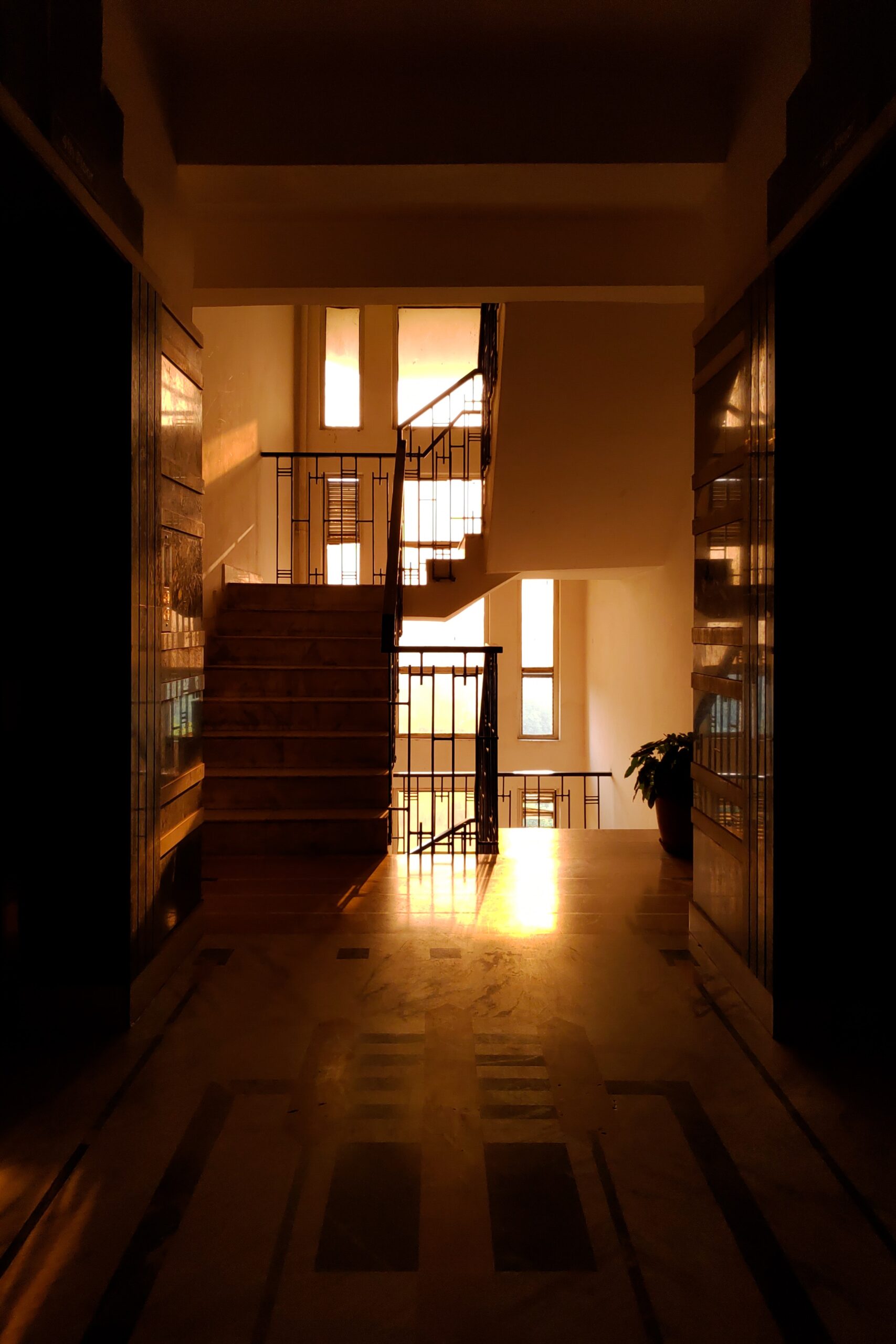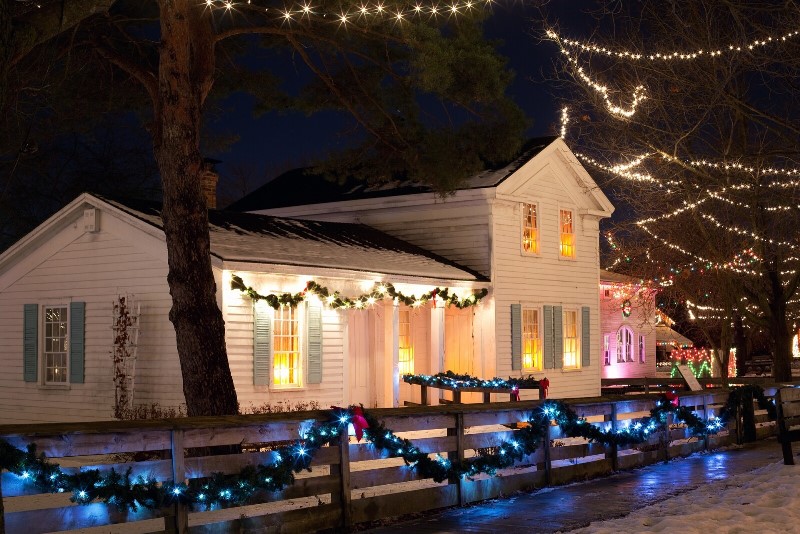As an energy-conscious homeowner, you have a lot of decisions to make. One of those is what type of lighting you will use in your home. You may wonder whether high voltage or low voltage is the right choice for you and what the difference between them is. If you are interested in saving money on your electricity bill and keeping your family safe, low-voltage lighting might be for you. Unsure where to start? Here is everything you need to know about Low Voltage lighting and how it can benefit your home:
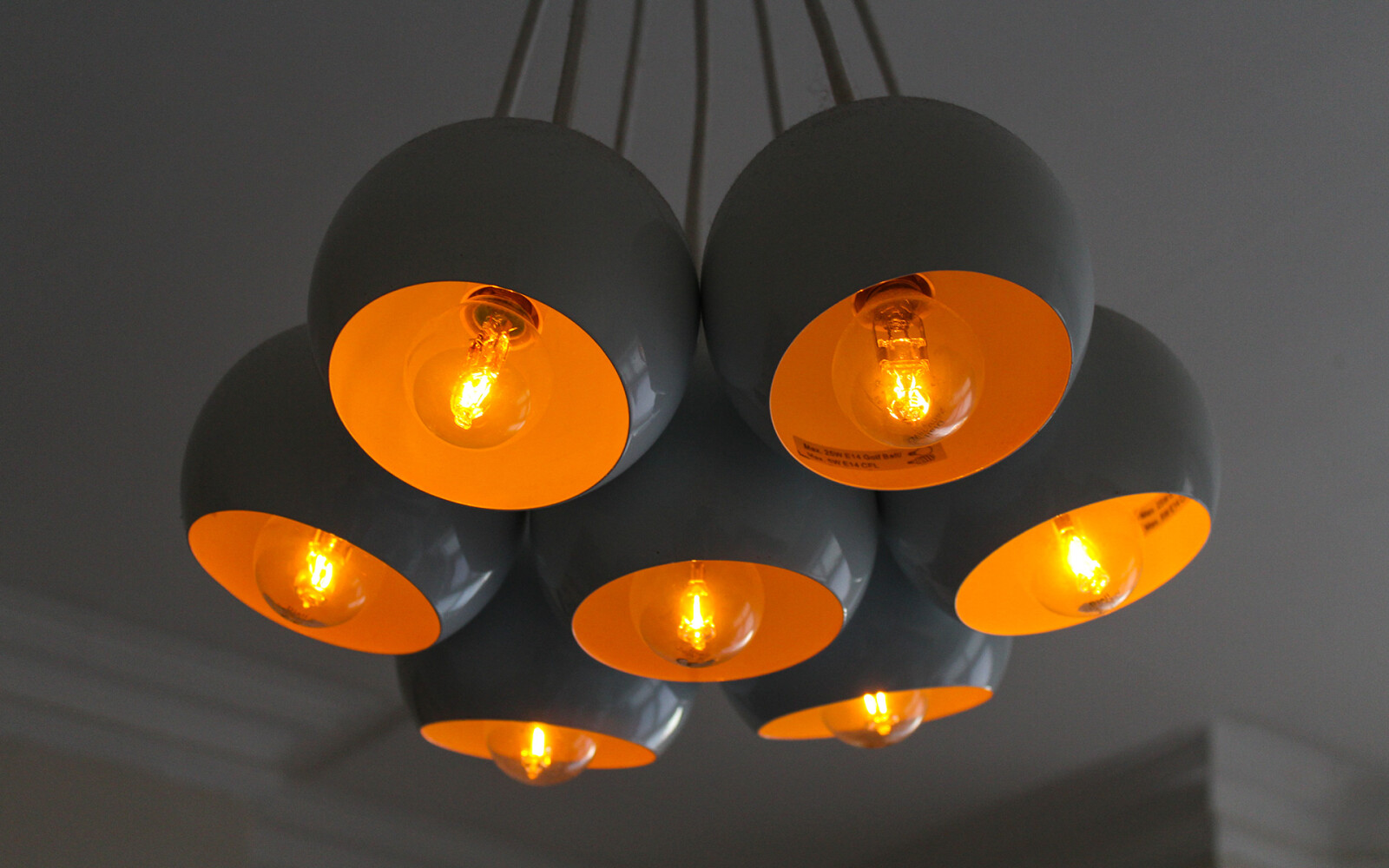
What is Low Voltage Lighting?
Low-voltage lighting is electrical wiring that uses low voltages to power the light. Low voltage lighting is safer than high voltage lighting, using higher voltages. Low voltage systems can be found in many homes and businesses today, but they were once the exclusive domain of industrial users who required complex control devices or large amounts of illumination.
Low voltage lights are often used for outdoor applications, like landscape lighting or security lights outside your home. They’re also used indoors where bright light may be needed with less heat output than you would get from incandescent bulbs.
How Does Low Voltage Lighting Work?
Low voltage lighting systems are a safe alternative to traditional wiring methods because they operate at 48 volts or less. Low voltage lighting systems can also be used indoors and outdoors, making them ideal for outdoor security and landscape lighting applications. The low-voltage power source is either solar-powered or powered by an AC adapter plugged into an outlet.
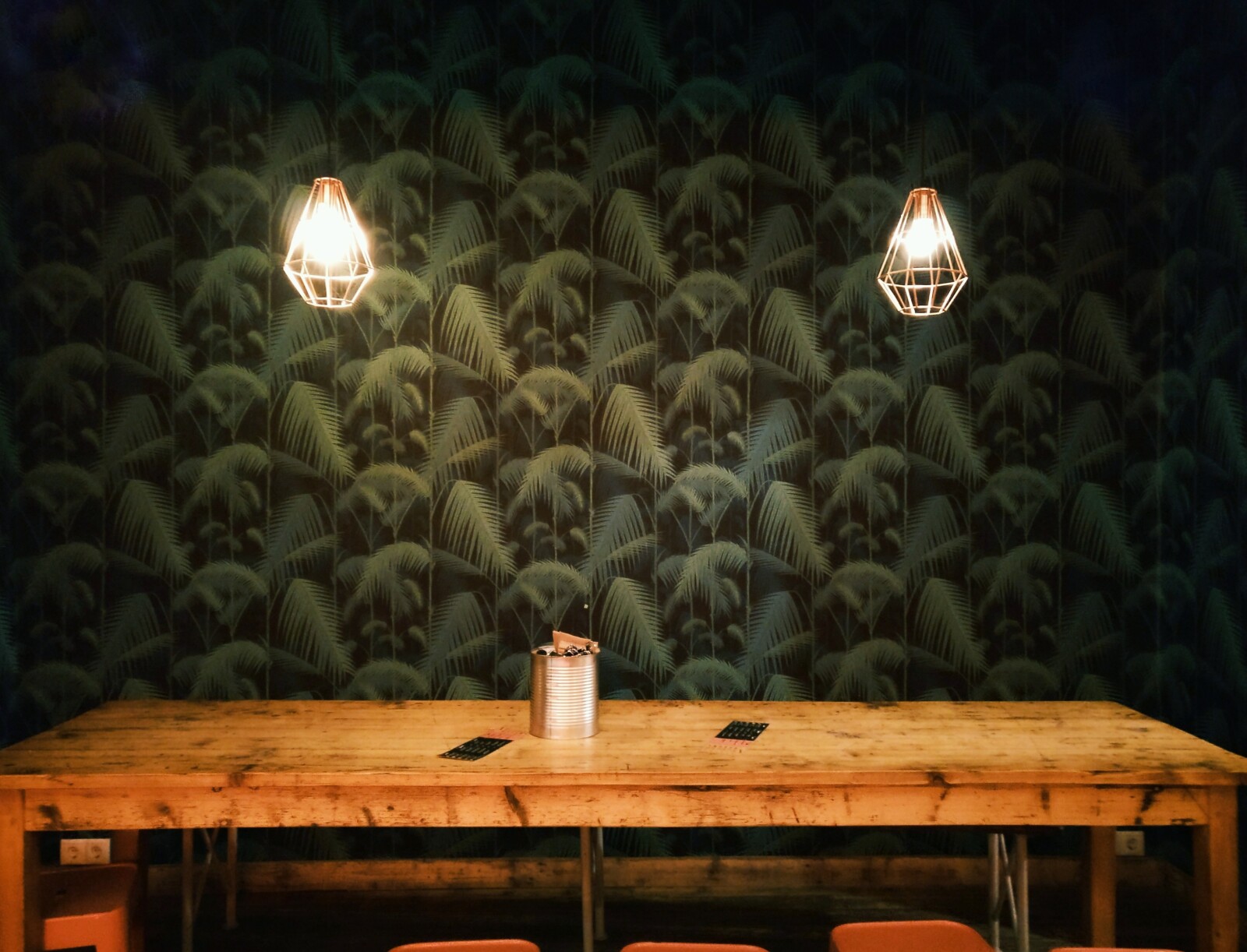
How To Choose And Install Wall Sconces
Low Voltage Lighting Benefits
The following are some of the benefits of low voltage lighting:
- Low Voltage Lighting is Safer – Because these lights use less energy than traditional incandescent or fluorescent bulbs, there’s no risk of electrical shock from touching them accidentally (or even purposefully). If you have children or pets who might accidentally come into contact with the light fixture, this benefit is significant!
- Low Voltage Lighting Systems Have Longer Lifespans – A typical halogen bulb has 1,000 hours, while a standard fluorescent tube lasts 8-10 years before needing replacement; however, LED products to last much longer than either one! They’re designed with built-in cooling fans that prevent overheating and premature failure due to excessive heat buildup like what happens in standard incandescent bulbs when they burn out after only 100 hours of use…
Types Of Low Voltage Lighting?
Low voltage lighting comes in many forms, each with its own advantages. Here is a list of the most common:
- Floodlights – These can be used outdoors in areas that need extra light. They are bright enough to light up a small room or illuminate an entire garden. Flood lights are also very easy to install, and they don’t require any wiring, making them ideal if you have little DIY experience but still want to make your home look stylish without spending too much money or time on it.
- Recessed light fixtures – This LED unit is excellent for illuminating dark corners in your home because it casts less shadow than traditional bulbs do. You could even use one as an indoor nightlight if this appeals to you! It’s also safer than a regular incandescent bulb because there aren’t any exposed wires that could potentially cause a fire hazard (which is why we recommend using only LED-based products when installing new lights).
- Track Lighting – Track lighting systems are designed specifically for commercial spaces like restaurants or offices—but they work just as well at home! If you have high ceilings, these would be perfect for illuminating every corner easily; however, if not, consider buying some floor lamps instead since those can easily be moved around depending on where exactly their illumination will be needed most (e g kitchen countertops).
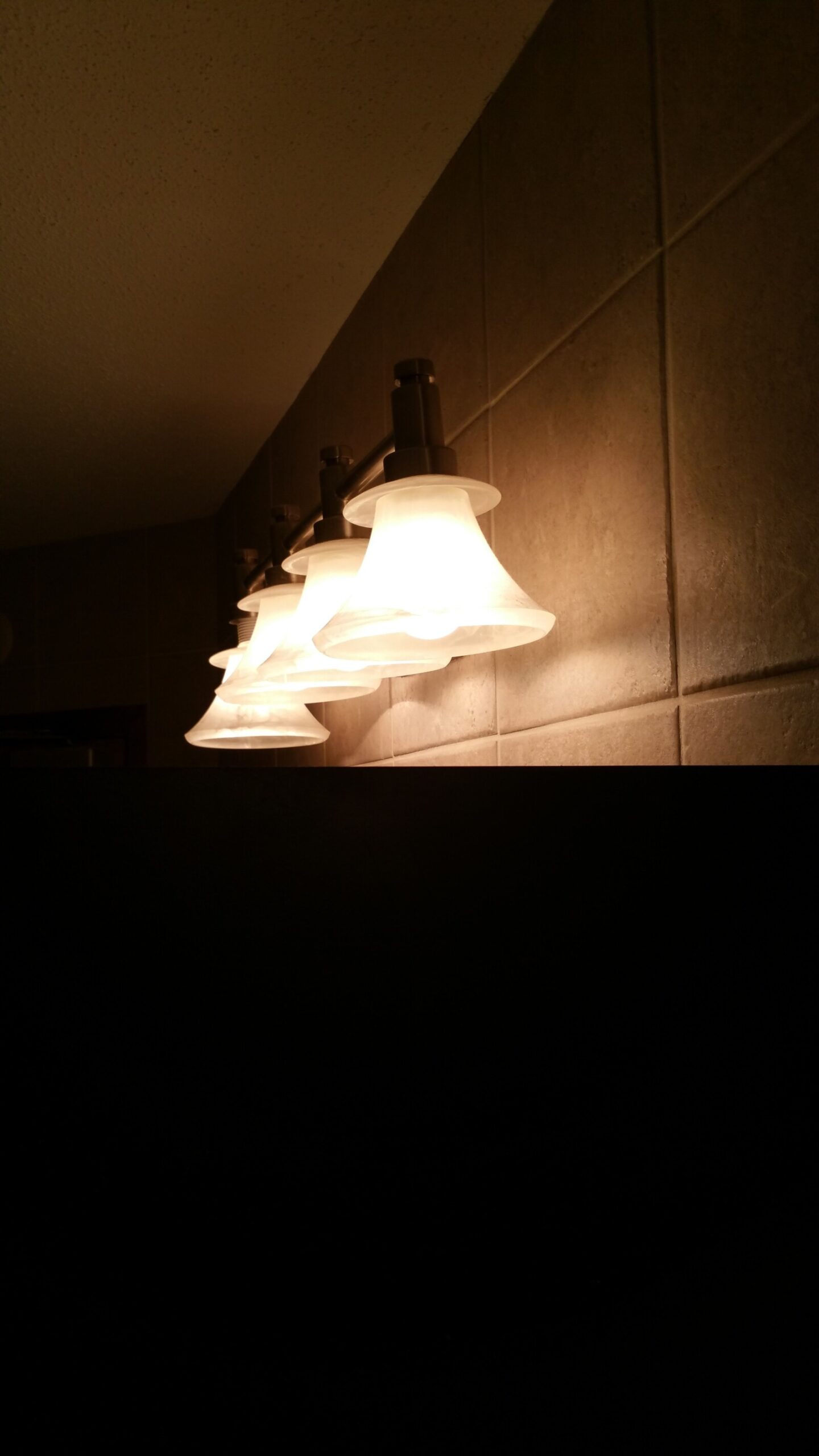
Choosing The Right Style Of Sconce To Fit Your Home’s Décor
Low voltage electricity can be used for many different purposes in your home.
Although low voltage lighting is not limited to indoor use, it can be used in several ways to improve safety and efficiency in your home.
- Safe: Low voltage lighting has a much lower risk of causing electrical shock or short-circuiting than traditional high-voltage fixtures.
- Energy Efficient: It uses less electricity than traditional bulbs and fluorescent lights, saving money on your electric bill over time.
- Easy installation: You need an extension cord and power source—no wiring necessary! Just plug it in and turn on the switch for instant illumination wherever you need it (your garage, shed).
- Easy maintenance: Low voltage lights don’t have fragile glass bulbs that may break if dropped; instead, they utilize LEDs which last longer than other types of bulbs without needing frequent replacements like fluorescent tubes do every few years due to degradation over time from UV exposure from sunlight exposure (both indoors/outdoors). This means no more worrying about broken glass shards scattered across countertops or floors after accidentally knocking one off its shelf while cleaning around kitchen counters and full laundry baskets!
You can use it indoors and outdoors.
Low voltage lighting is excellent for indoor and outdoor use. Unlike regular high voltage lighting, which can be dangerous if used incorrectly, low voltage lighting is safe and versatile, making it a perfect option for all of your lighting needs. The best part? Your lights can be controlled from anywhere in the world.
Low voltage is the safer of the two.
Low voltage lighting is safer than high voltage. Low voltage means that the amount of electricity flowing through a circuit is lower, and this means it’s less likely to cause damage if something goes wrong, like a power surge or a short. Low voltage also helps keep your electrical system safe because there are fewer ways to damage your home’s wiring by malfunctioning lights.
Low-voltage lighting is safer for pets and children too! Pets and kids are much more likely to get hurt by high-voltage systems since their skin acts as an electrical conductor, making them more sensitive to electric currents than adults are.
Plus, these injuries often require extensive medical care that could leave you paying thousands of dollars out-of-pocket—or worse yet, dealing with lifelong disabilities from electrocution injuries.
You can save money and create a safer space by using low-voltage lighting.
You can save money and create a safer space by using low-voltage lighting.
- Low voltage lights are more eco-friendly than traditional lighting.
- Low voltage lights are easier to install, so you can save time and money installing them yourself.
- They’re versatile, which means that you can integrate them into any design or room of your home without worrying about whether they’ll work with the rest of the space’s decor.
Conclusion
Our goal with this article was to help you understand the basics of low voltage lighting. Hopefully, we have achieved that goal by answering some of your top questions about low-voltage lighting and its benefits for homeowners. We hope that our information helped you find a solution that works for your home lighting needs!, For more tips and Lighting Discount codes visit our Lighting Blog

